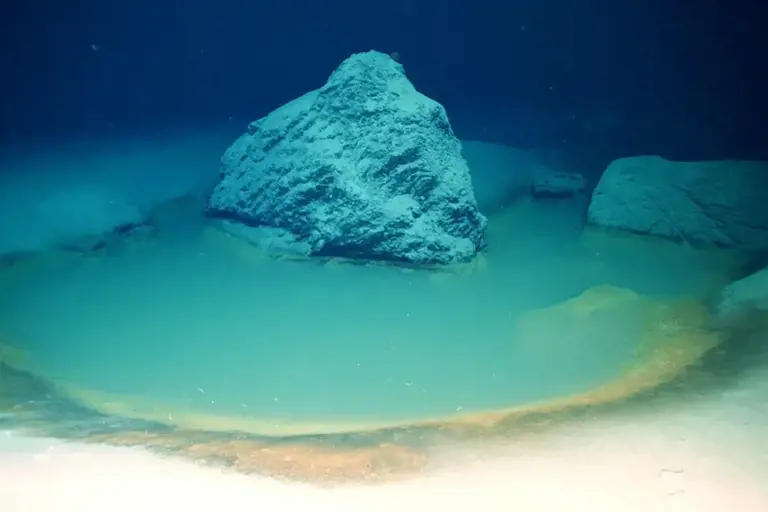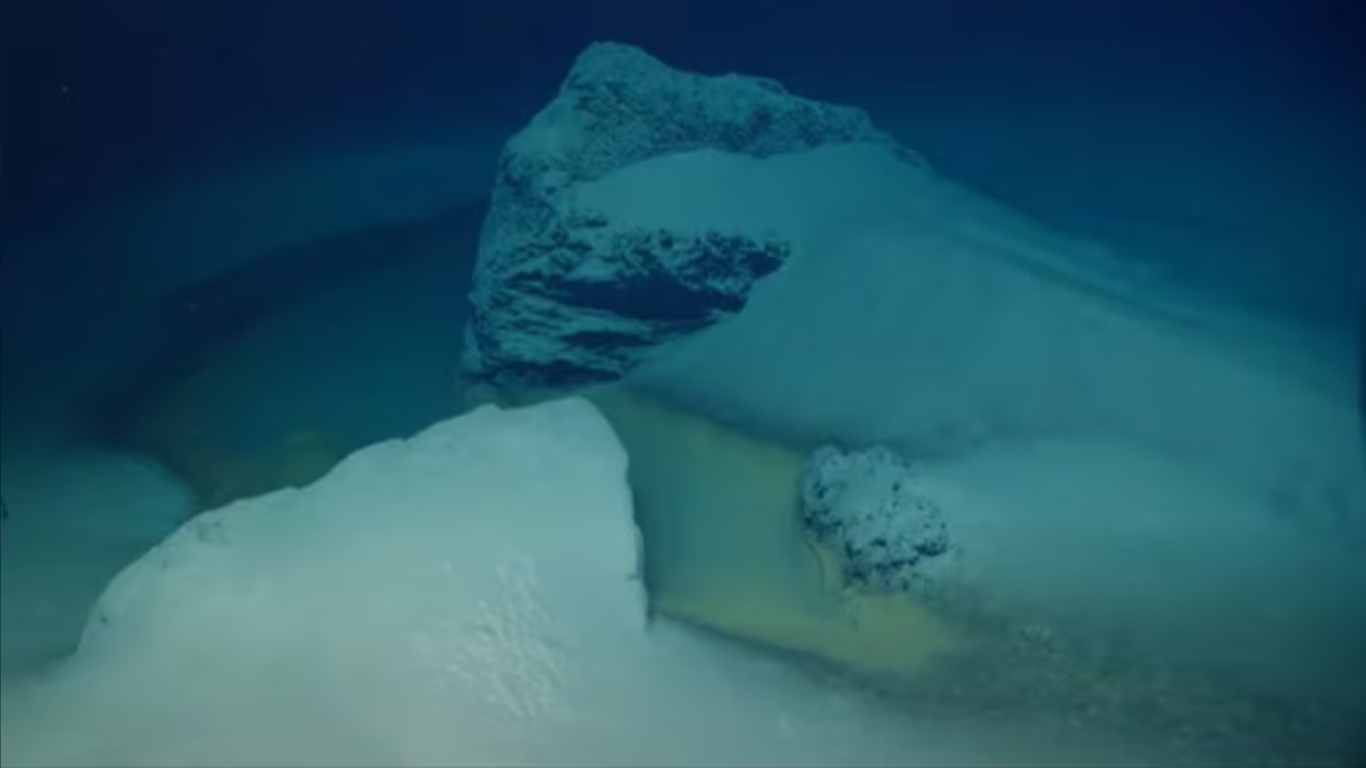Red Sea’s “Death Pools” Hold Hidden History
Scientists exploring the depths of the Red Sea may have stumbled upon a key to unlocking the mystery of life's origins on Earth. Their deep-sea expedition encountered strangely named "death pools" extremely salty and oxygen-free environments at the bottom of this narrow waterway between Africa and the Arabian Peninsula.
These death pools, despite their ominous name, hold a surprising secret: they are teeming with microbial life! This discovery is exciting for scientists because it suggests that life might have begun in similar harsh conditions on early Earth, particularly in deep-sea environments devoid of oxygen.
Studying these extremophiles could not only provide insights into the origins of life on our planet but also potentially guide the search for life on other planets with similar characteristics.
Microbial Oasis in a Deadly Environment
Beyond offering clues to the origins of life, these death pools hold promise for the development of new medicines. Professor Purkis, a researcher involved in the study, points out that scientists have already successfully isolated molecules with antibacterial and anticancer properties from deep-sea microbes living in similar brine pools.

Deep-Sea Rarity: The Red Sea’s “Death Pools”
"Death pools" are exceptionally rare. Scientists have only found a few dozen worldwide, ranging in size and scattered across just three specific bodies of water: the Gulf of Mexico, the Mediterranean Sea, and the Red Sea. Interestingly, the Red Sea boasts the most death pools, believed to be formed from the dissolving of ancient mineral deposits laid down millions of years ago when sea levels were lower.
Until recently, all known Red Sea death pools resided far offshore. However, a breakthrough discovery in 2020 revealed new pools located just two kilometers from the shore in the Gulf of Aqaba, a northern region of the Red Sea.
Unveiling Secrets Beneath the Red Sea
The discovery of these near-shore death pools near Saudi Arabia was a major breakthrough, especially considering this region had been largely unexplored for such phenomena.
The research team, led by the exploration organization OceanX, used a remote-controlled underwater vehicle (ROV) to locate the pools a staggering 1.77 kilometers below the Red Sea's surface. They named them the NEOM Brine Pools after the Saudi company that funded the research expedition.
The largest pool is quite expansive, measuring around 10,000 square meters in diameter. Three smaller pools were also found, each less than 10 square meters wide. While the deep seabed is typically devoid of much life, these brine pools are surprisingly teeming.
Professor Purkis describes them as "a rich oasis of life" with thick microbial mats that support a variety of creatures.
Interestingly, some of the most fascinating inhabitants are fish, shrimp, and eels that seem to take advantage of the brine to hunt. However, Professor Purkis reiterates the danger of the brine itself any animal that ventures in is quickly killed due to the lack of oxygen. Predators lurk nearby, ready to "feed on the unlucky" who get caught in the deadly pool.
Death Pools Offer a Glimpse into the Past
The discovery of these coastal death pools holds potential beyond their biological significance. Their close proximity to land suggests they might contain a record of past environmental events. Land runoff could have introduced minerals that act like a historical archive, potentially preserving traces of tsunamis, floods, and earthquakes over thousands of years.
Professor Purkis highlights the core samples collected from these pools, which seem to be a "continuous record" of the region's rainfall for over 1,000 years. These samples also hint at past earthquakes and tsunamis. The research suggests major floods occur roughly every 25 years, while tsunamis might happen every century.
This newfound knowledge about natural disaster risks is crucial, especially considering the "massive infrastructure projects" currently underway along the Gulf of Aqaba coastline. Professor Purkis warns that while the area was traditionally sparsely populated, it's rapidly urbanizing.
The research team is eager to collaborate with other countries bordering the Gulf of Aqaba to expand their assessment of earthquake and tsunami risks. They also hope to return to the death pools with better equipment to delve deeper into history and potentially extend their reconstruction efforts beyond 1,000 years.
Read more such news on techinsighttoday
Thank you so much for reading.

